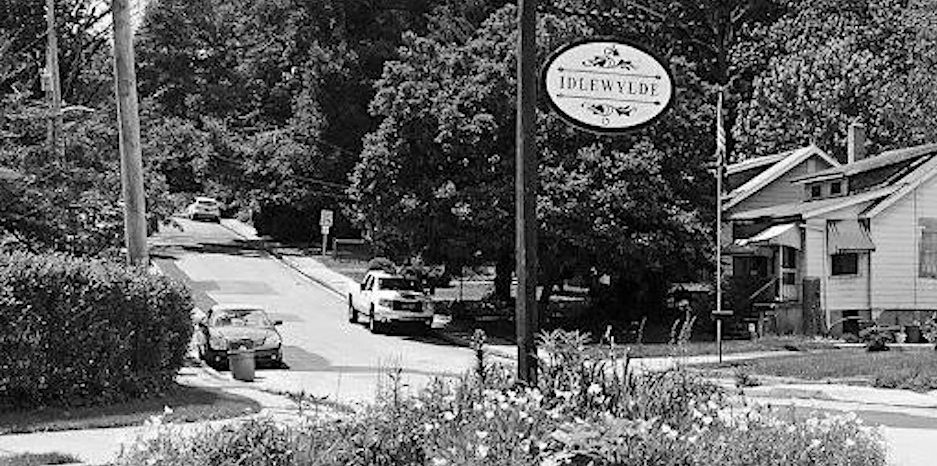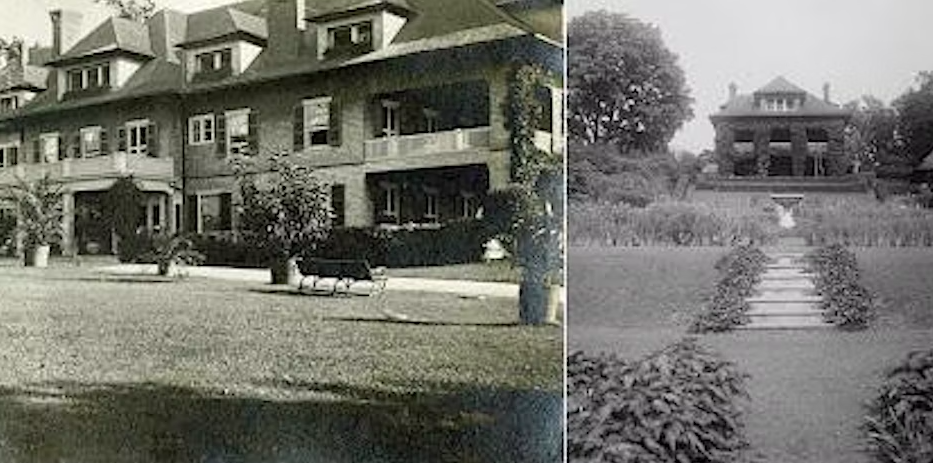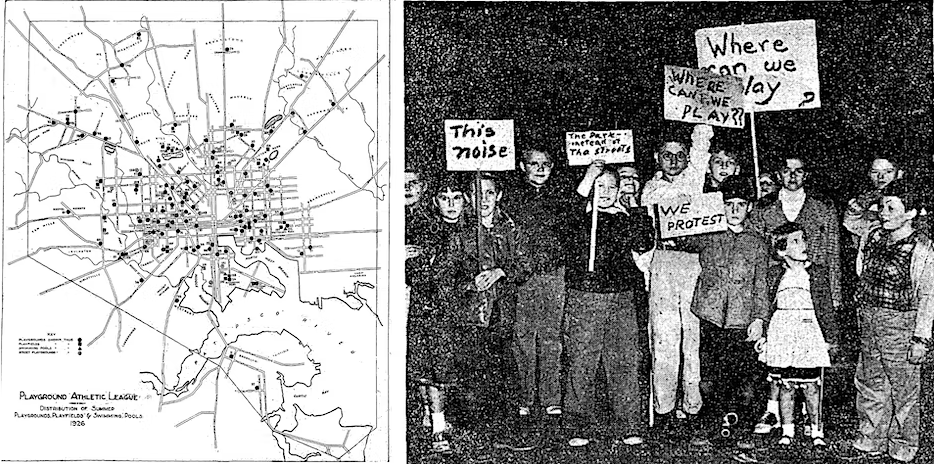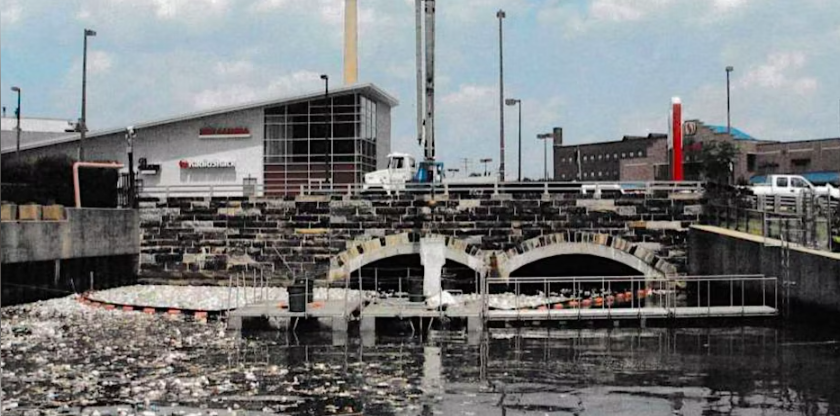Idlewylde: A Community on the City Line (Virtual Talk)
Virtual MD, United StatesIdlewylde, a community of more than 700 homes situated on the Chinquapin Run and Herring Run-B watershed, is the oldest of the suburban neighborhoods of South Towson. The community has a mix of housing styles characteristic of the development of suburban neighborhoods during the time of its growth, ranging from 1920s bungalows and small Cape Cods to brick Colonials and Mid-Century Modern designs. Come learn of this as well as celebrate the heritage of this unique community as shared by two Idlewylde community members who will be available to answer participants’ questions after the presentation.




